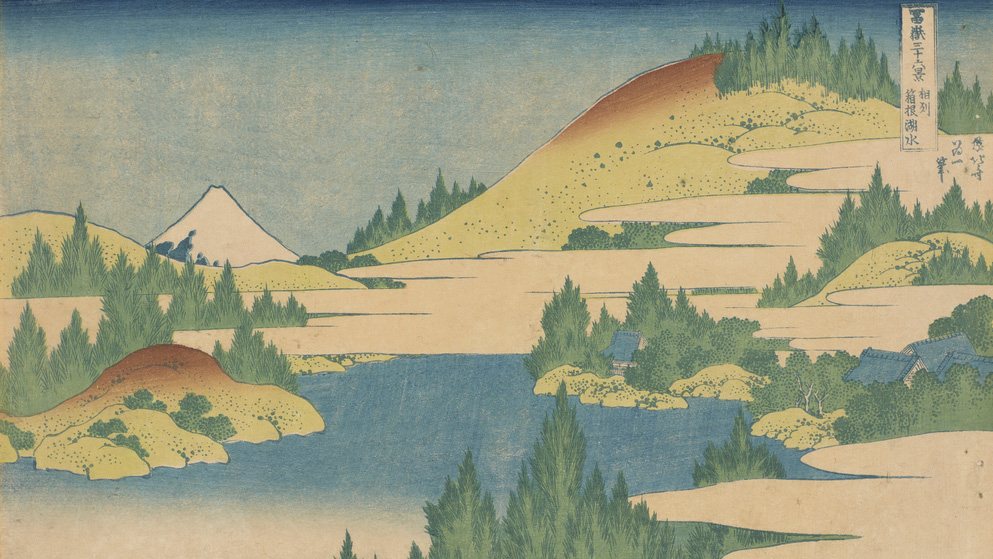Monet’s Floating Worlds at Giverny offers visitors new insights into Monet’s artistic lens, revealing his inspiration from Japanese woodblock prints—ukiyo-e, often referred to as “pictures of the floating world”—that captivated Impressionist and Post-Impressionist artists. Featuring 45 artworks including prints, photographs, and paintings, the exhibition begins by stepping into Monet’s world with a recreation of his collection of Japanese woodblock print masterpieces by artists such as Toyokuni (Utagawa Kunisada), Utagawa Hiroshige, and Kitagawa Utamaro from the Museum’s expansive print collection. It continues with Impressionist European and American responses to Japanese aesthetics, featuring works by Mary Cassatt, Bertha Lum, Henri Rivière, Henri de Toulouse-Lautrec, and others who also drew inspiration from Japanese art, also from the Museum’s own collection. The exhibition concludes with the newly conserved Waterlilies, which will be displayed alongside documentation of the research and restoration process that returned the work to its intended state.

Katsushika Hokusai (Japanese, 1760_1849),
So_shu_ Hakone kosui (Hakone Lake in Sagami
Province), from the series Fugaku sanju_rokkei
(Thirty-six Views of Mount Fuji), ca. 1831, color
woodblock print on paper; o_ban nishiki-e, sheet:
9 13/16 in x 14 13/16 in, The Mary Andrews Ladd
Collection. Portland Art Museum, Portland,
Oregon, 32.418Katsushika Hokusai (Japanese, 1760–1849), Sōshū Hakone kosui (Hakone Lake in Sagami Province), from the series Fugaku sanjūrokkei (Thirty-six Views of Mount Fuji), ca. 1831, color woodblock print on paper; ōban nishiki-e, sheet: 9 13/16 in x 14 13/16 in, The Mary Andrews Ladd Collection. Portland Art Museum, Portland, Oregon, 32.418
Monet’s Floating Worlds at Giverny also includes contemporary photographs of Giverny and Portland’s Japanese Gardens by celebrated photographers Susan Seubert and Stu Levy, offering fresh perspectives on the gardens that profoundly inspired Monet’s art. |